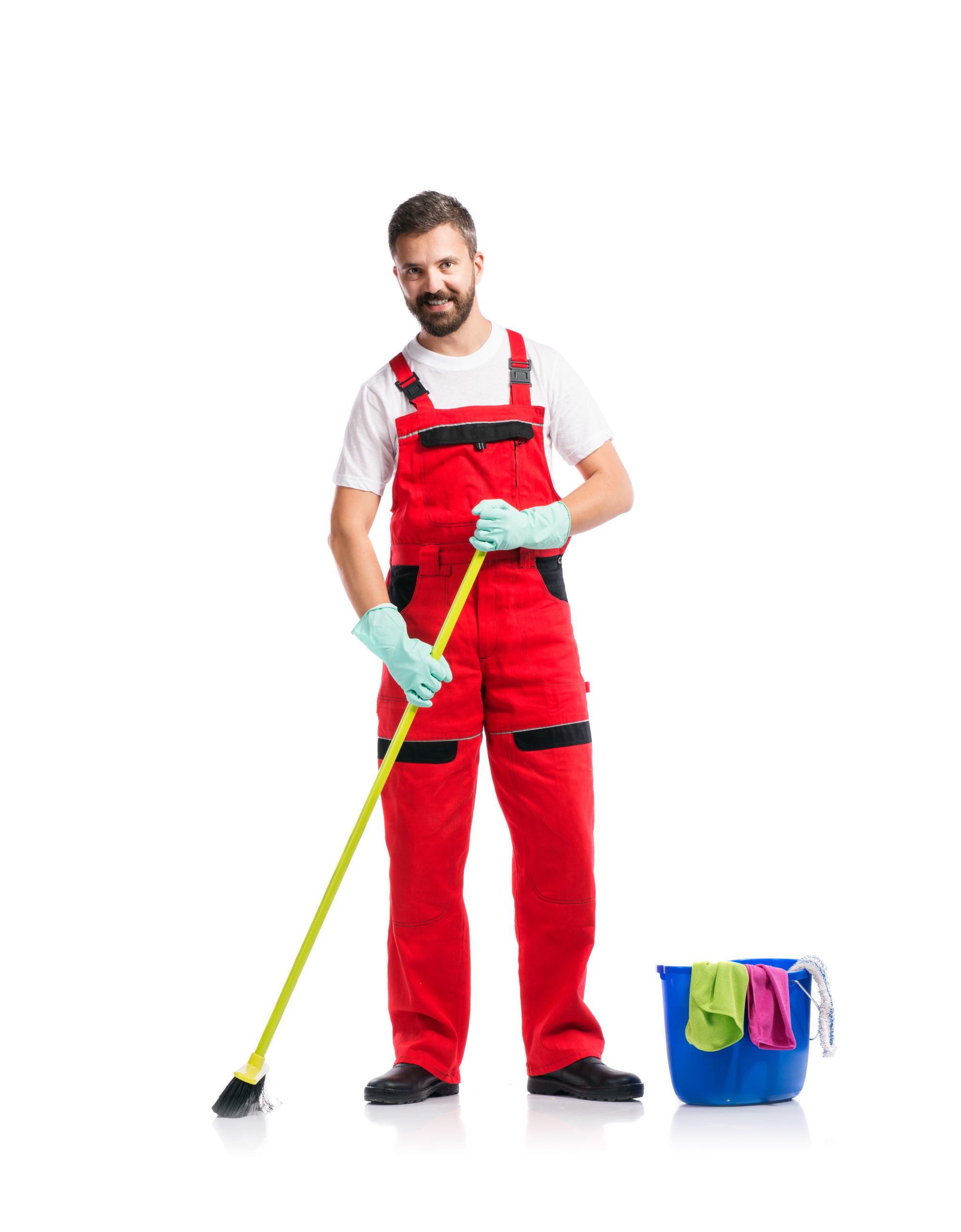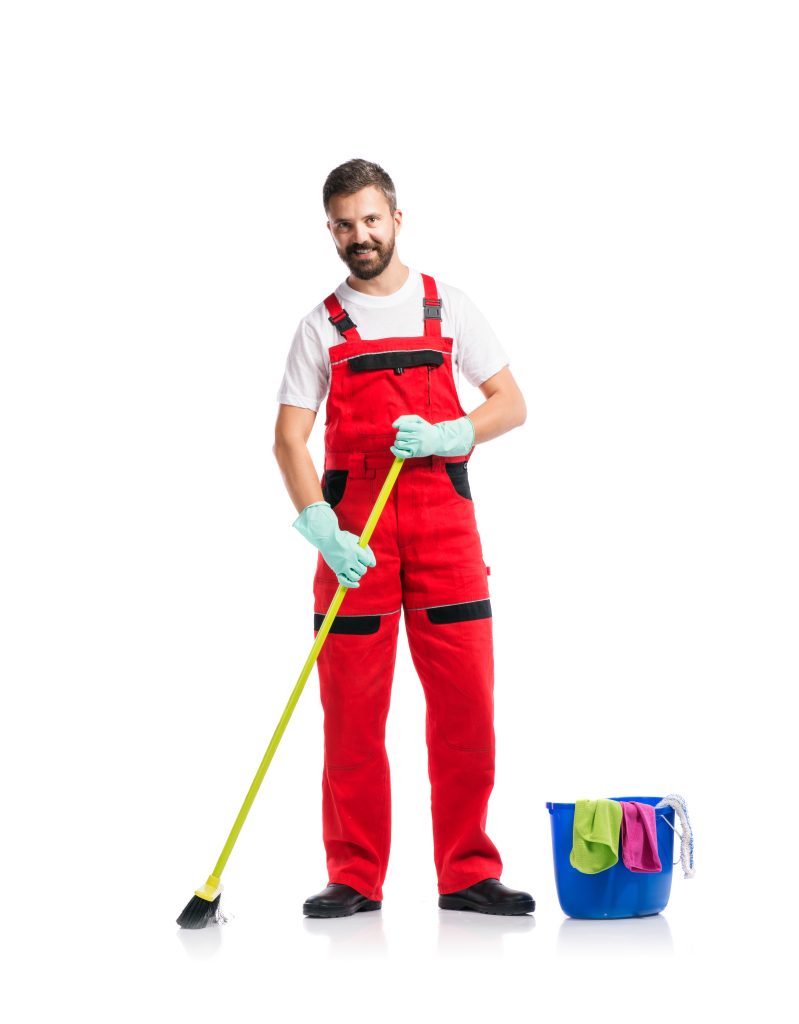Commercial cleaning is a vital aspect of maintaining any business or commercial space. It involves the process of cleaning and sanitizing various areas within a building, including common areas such as lobbies, restrooms, and hallways. In this blog post, we will explore what commercial cleaning entails, why hiring a professional cleaner is essential, which areas require regular cleaning services, and how green cleaning methods can be implemented in commercial spaces.
Introduction to Commercial Cleaning
Commercial cleaning refers to the process of cleaning and maintaining large-scale buildings, offices, schools, hospitals, hotels, and other public places. Unlike residential cleaning, commercial cleaning requires specialized equipment, techniques, and chemicals due to the size and scale of these facilities. Professional commercial cleaners are trained to handle different types of surfaces, from carpets and floors to walls and ceilings. They also have access to industrial-strength cleaning products that are not available to the general public.
The Importance of Hiring a Professional Commercial Cleaner
Hiring a professional commercial cleaner is crucial for several reasons. Firstly, they have the necessary skills and expertise to get the job done right. Secondly, they possess the proper equipment and supplies needed to tackle tough stains and messes. Thirdly, they can save you time and energy by taking care of all your cleaning needs so that you can focus on running your business. Finally, hiring a professional cleaner ensures that your facility is thoroughly cleaned and sanitized, reducing the risk of illness and disease among employees and customers.
Common Areas that Require Commercial Cleaning Services
There are many areas within a commercial space that require regular cleaning services. These include:
1. Lobby and waiting areas – These areas should always be neat and tidy, with comfortable seating and fresh flowers or plants. Regular vacuuming, dusting, and mopping are required to keep them looking their best.
2. Restrooms – This area requires frequent attention due to high traffic volume and potential health hazards. Toilets, sinks, and urinals must be disinfected regularly, while floors and fixtures need to be cleaned and polished.
3. Hallways and corridors – High-traffic areas like hallways and corridors tend to collect dirt and debris quickly. Regular sweeping, mopping, and waxing help to keep them clean and shiny.
4. Break rooms and kitchens – Employees spend a significant amount of time in break rooms and kitchens, making it important to keep them clean and well-maintained. Floors, countertops, appliances, and utensils should be cleaned daily.
Green Cleaning Methods for Commercial Spaces
In recent years, there has been an increased interest in using environmentally friendly cleaning products and methods in commercial spaces. Green cleaning refers to the use of non-toxic, biodegradable cleaning agents that do not harm people or the planet. Some examples of green cleaning methods include:

1. Microfiber cloths – These cloths trap dirt and grime more effectively than traditional cotton rags, reducing the need for harsh chemicals.
2. Vinegar and baking soda – These natural substances work great at removing stains and odors without causing damage to surfaces or the environment.
3. Steam cleaning – Using steam instead of chemicals helps to remove dirt and germs while minimizing the impact on the environment.
Conclusion: Final Thoughts on Commercial Cleaning
Commercial cleaning plays a critical role in keeping businesses and commercial spaces clean and safe for everyone who uses them. By hiring a professional cleaner, investing in green cleaning methods, and focusing on commonly used areas, companies can ensure that their facilities remain clean and welcoming for both employees and customers alike.

